POHAKULOA TRAINING AREA, Hawaii - More than 75 volunteer "paniolas," or cowboys, from across Hawaii, participated in the Army's version of a modern-day goat and sheep drive, here, Nov. 14.
Braving chilling rains and treacherous terrain, the group of students, environmentalists, recreational hunters and scientists combined efforts to drive an estimated 1,700 wild sheep and goats out of Army training areas that are home to endangered native Hawaiian plants.
The drive is the result of a 2003 order by the U.S. Fish and Wildlife Service (USFWS) to protect endangered plant species at Pohakuloa Training Area (PTA).
According to the USFWS, wild sheep and goats are major threats to critically endangered native plants in the area, and sport hunting, alone, has not been sufficient in saving them on PTA.
"It's difficult balancing the public's desire to practice sport and subsistence hunting against federally mandated native habitat restoration initiatives," said Dr. Peter Peshut, biologist, PTA Natural Resources office. "The issues are indeed complex and difficult to approach, but we believe that we have been able to strike an effective middle ground for all concerned."
PTA occupies 130,000 acres. The USFWS order directs that up to nine major fence units, with area totaling approximately 45,000 acres, must be fenced off and cleared of all nonnative browsing animals, mainly wild sheep and goats.
When the fencing initiative is complete, bird hunting will still be permitted inside the fenced areas, leaving potentially up to 45,000 acres available for hunting outside the fenced areas.
"The Army is sympathetic with the hunting community. Hunting and available hunting grounds are valuable socioeconomic factors for life on Hawaii Island," Peshut said. "Wild harvest is part of our most ancient heritage, a distant echo of cultural evolution in all peoples, even of the most modern and urbanized city-dweller.
However, restoration of native habitat is just as important, Peshut said.
"Our goal is to develop a formal hunting program at PTA in the near future, with infrastructure and a full-time game warden," Peshut added. "If managed properly, there is enough land at PTA to satisfy federal requirements for protection of native species, to provide for military training, and to safeguard hunting interests for the long term."
It has taken more than six years to acquire funding and install fencing for the current area.
According to Peshut, fencing the remaining identified areas will take several more years.
It took the volunteers more than seven hours to herd the wild sheep and goats four miles to the enclosure's exit.
"The biggest obstacles were the difficult terrain," said Peshut.
"Our folks were walking through deep ravines and climbing steep hills in the pouring rain, but in the end it was mission accomplished."
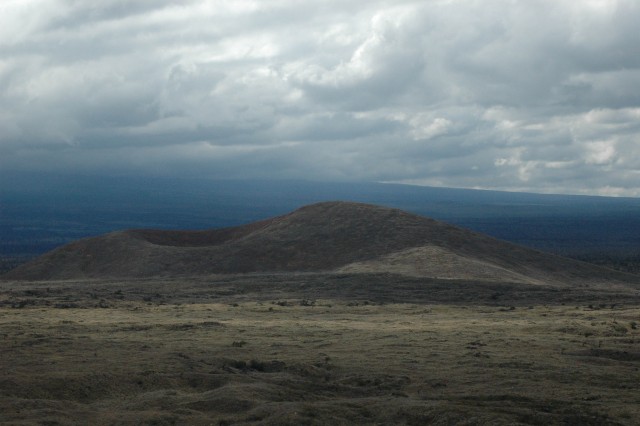
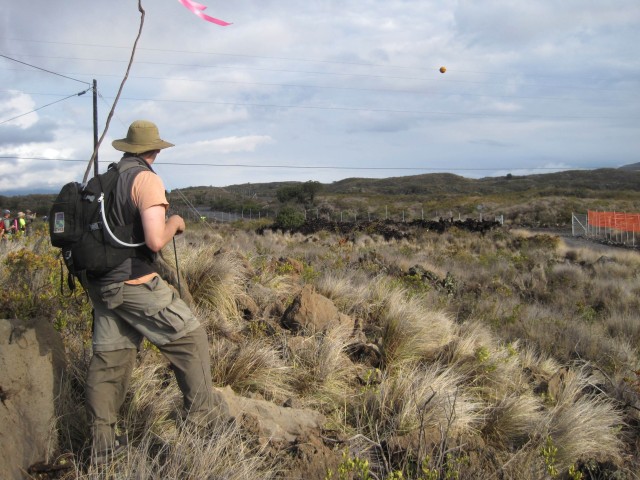
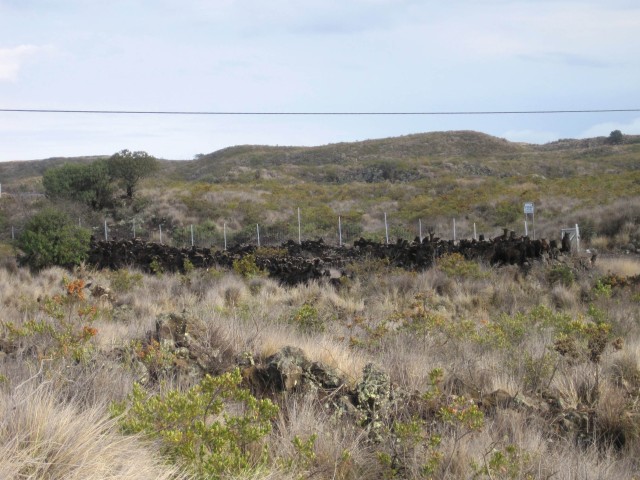
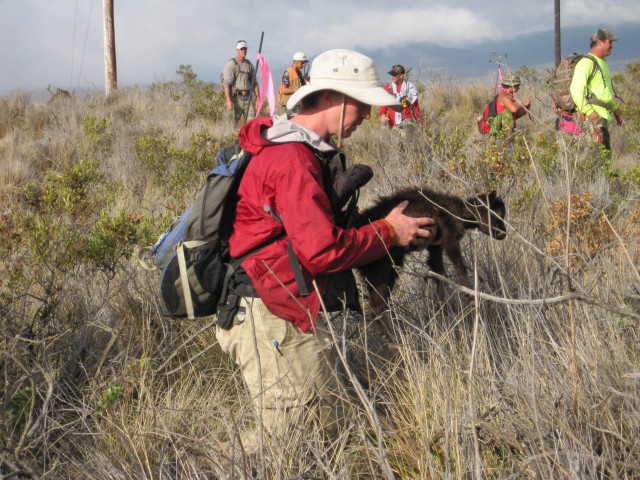
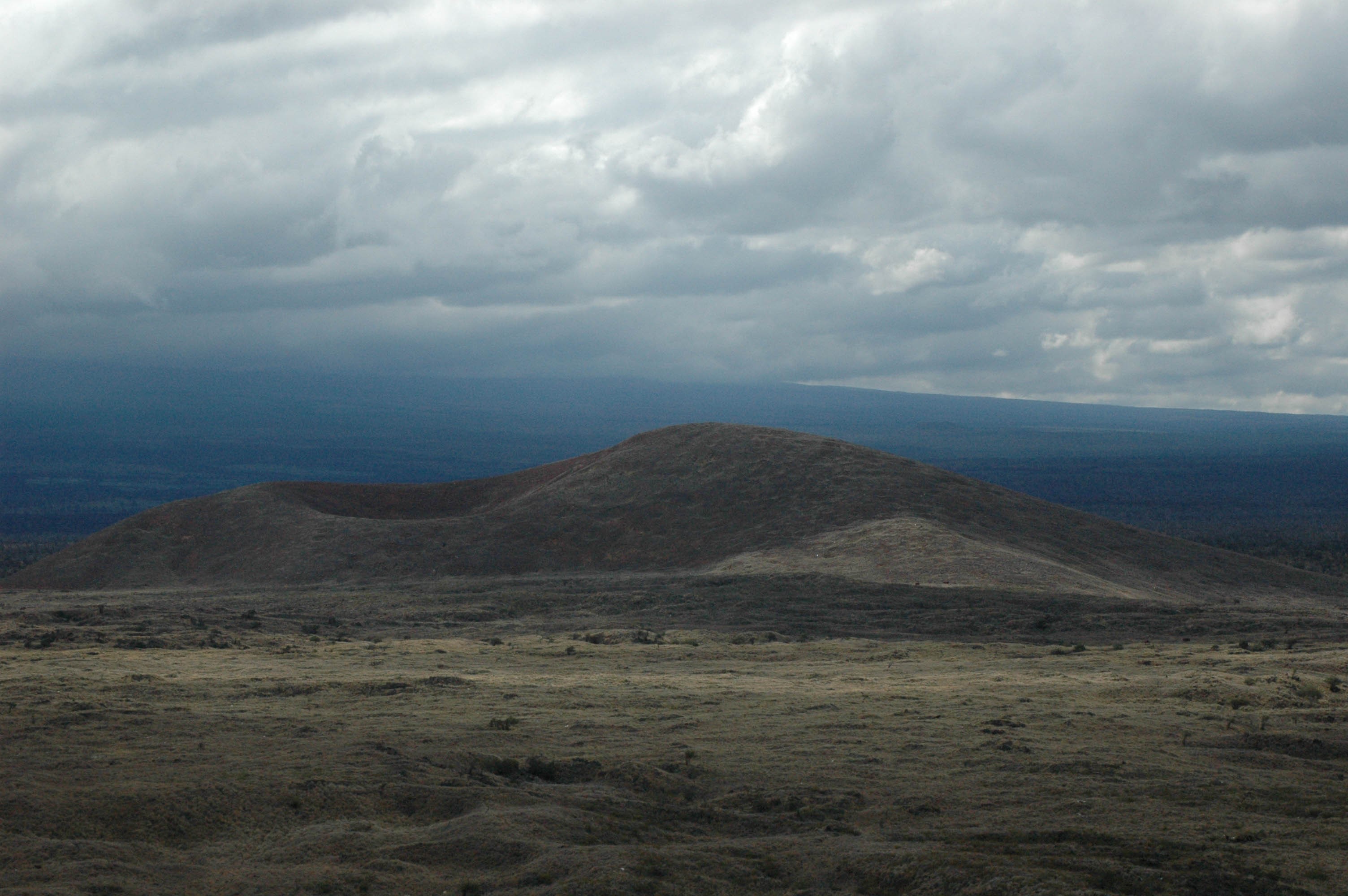
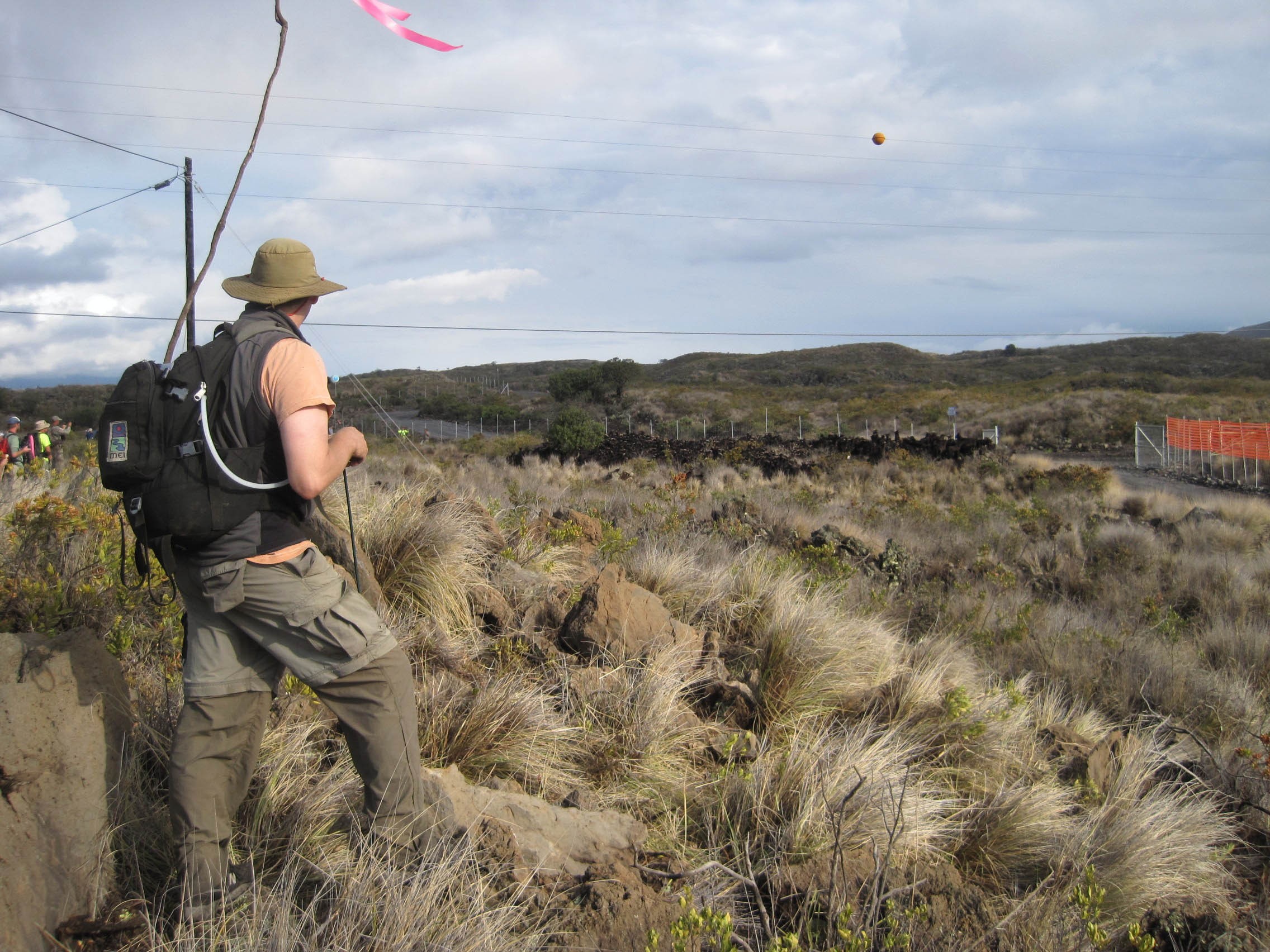
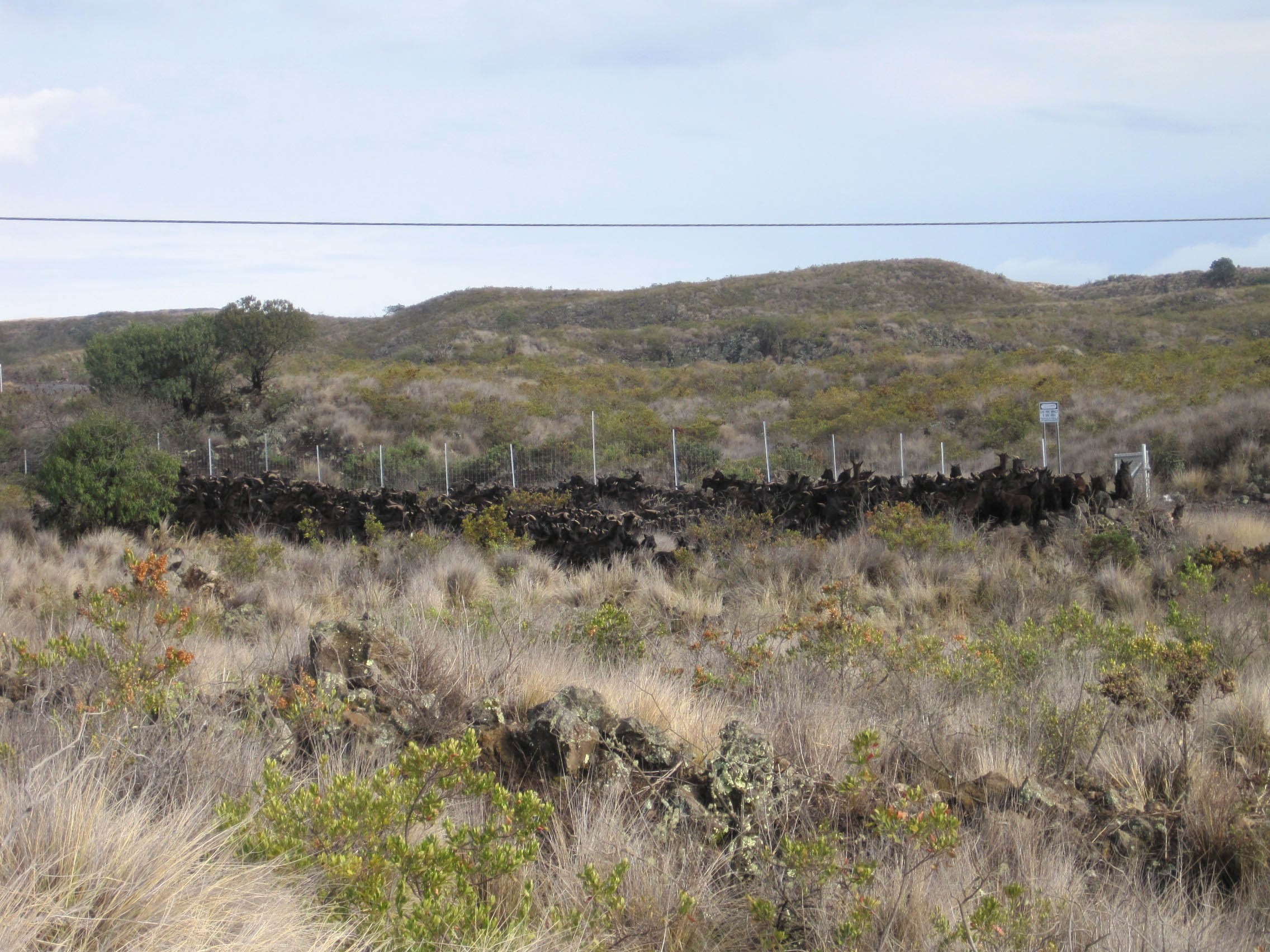
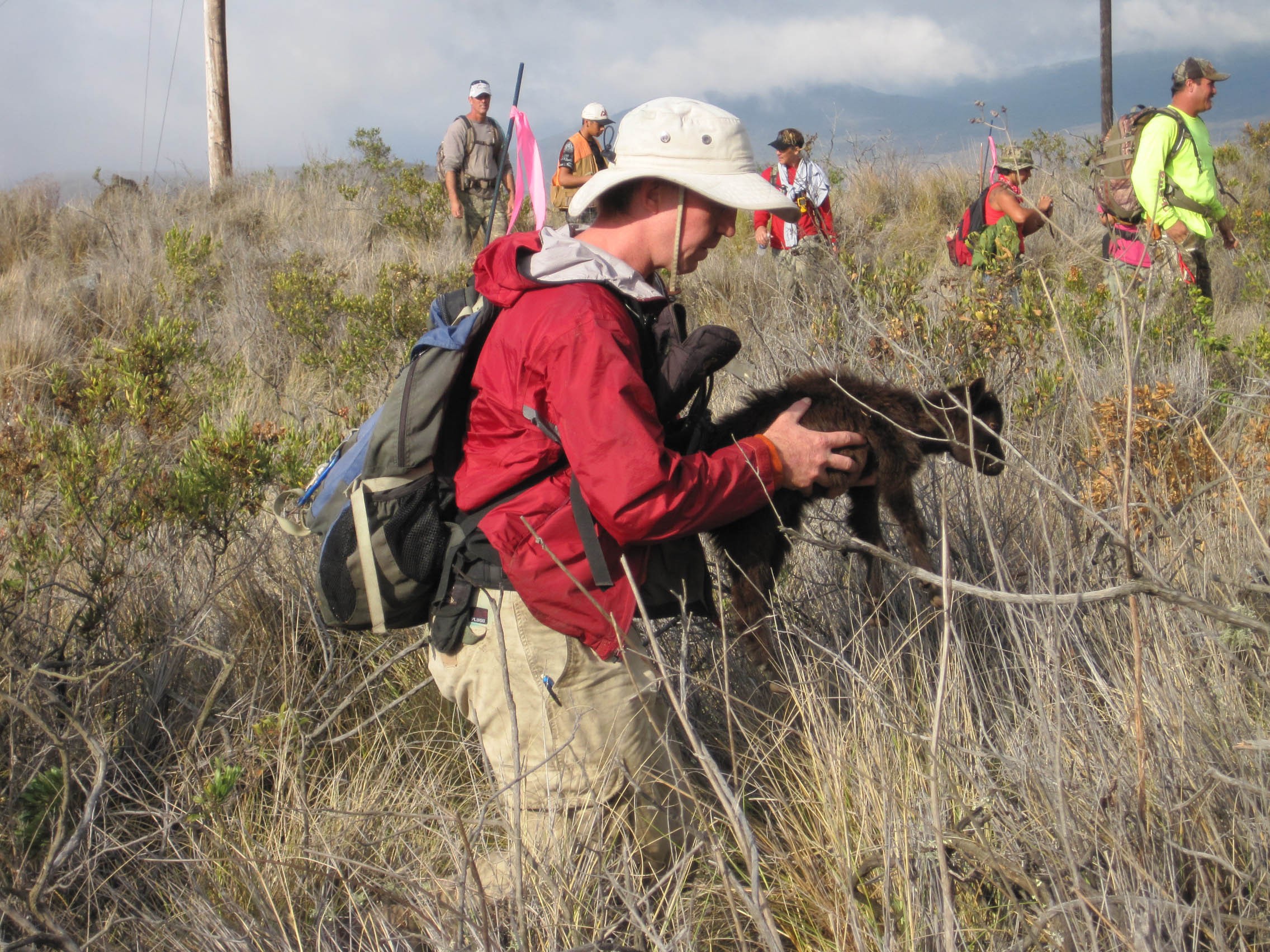
Social Sharing